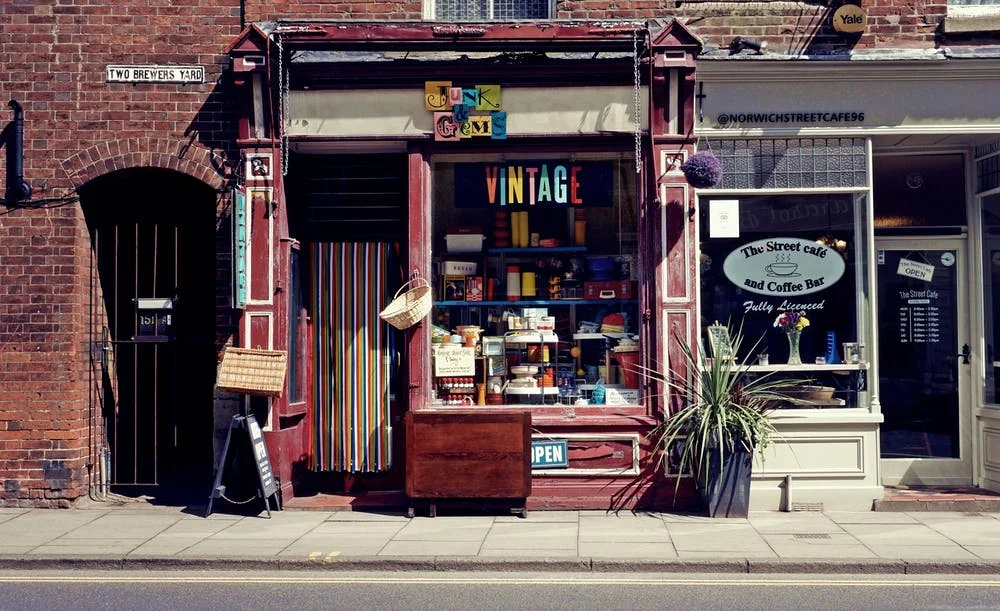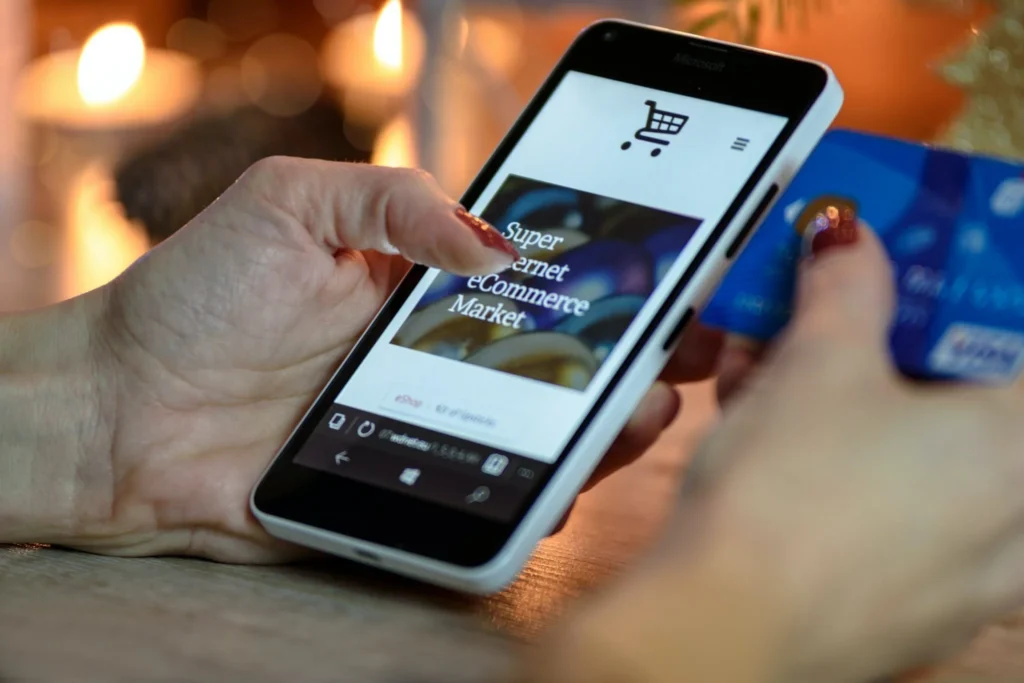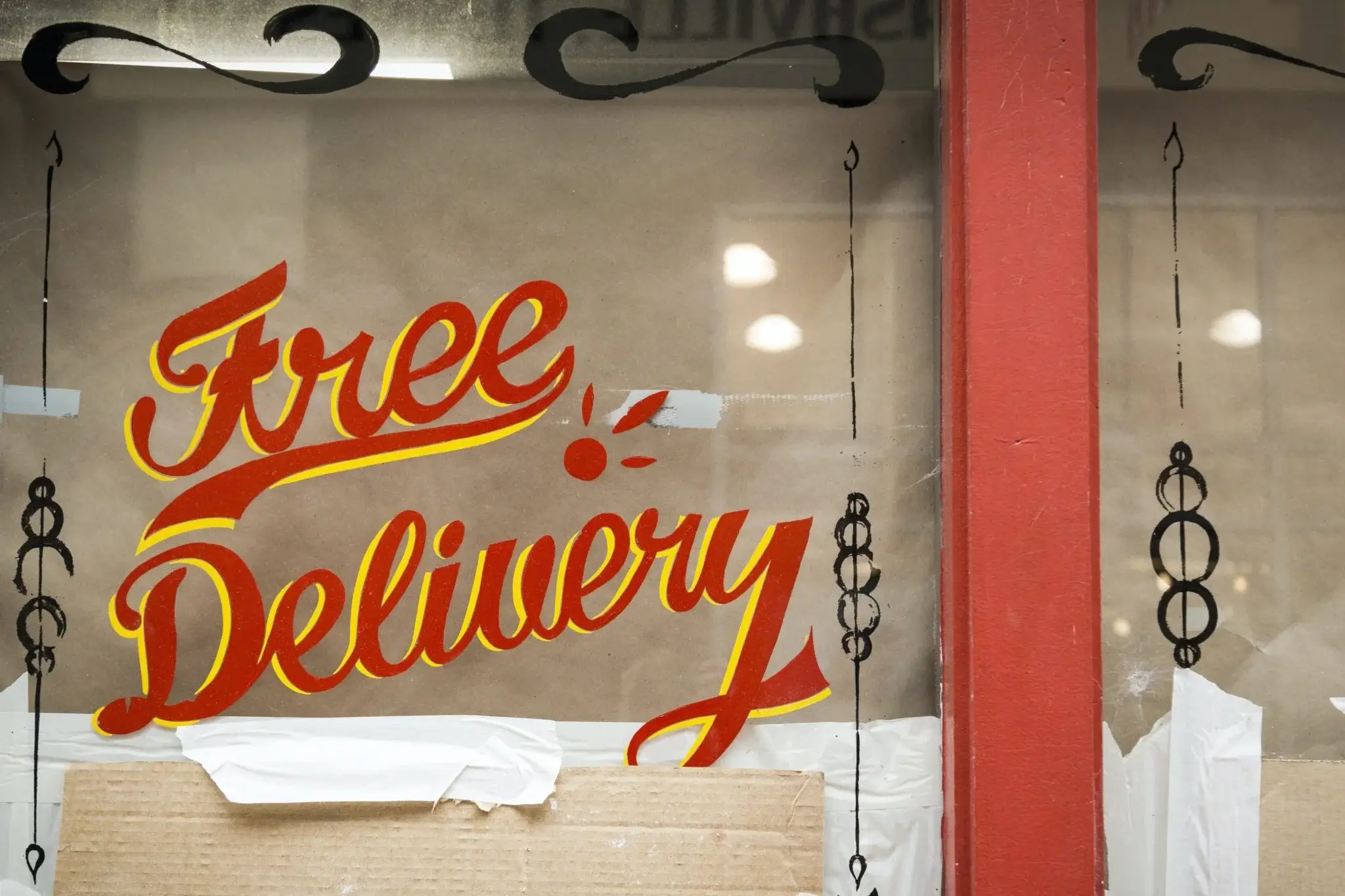Complete eCommerce Checklist: How to Transition Your Physical Business to an Online Store
In this time of uncertainty, businesses are adapting quickly to the changing economy. And for many physical stores, this means transitioning to online.
The good news is that by owning a store, you already have an audience, know how to run a business, and have a brand behind you. The hardest parts are over!
Expanding your business to online also means huge potential for your brand as you grow your customer base and revenue stream. Plus, online businesses never close. Not for public holidays, or weekends, or overnight. You’ve just become a 24-hour store.
So how do you transition from being physical to an online store?
Step One: Choose a Platform
Your first decision is which platform you will use to host your eCommerce website. You can build this online store on your own, or hire experts to do it for you.
There’s no one-size-fits-all platform for every business. The best way to choose what platform you should use is to first understand your needs.
Think about these factors to help inform your decision:
- Your budget
- The price of the platform, hosting and a custom domain name
- Design features to achieve the look you want
- Ability to handle all of your products and services
- Security options
- Customer support features
- Responsive to desktop and mobile
- Integrations with your existing CRM, POS, shipping, accounting
- Easy to link to shoppable posts on social media
Hot tip: We wrote an entire blog comparing the most popular eCommerce platforms.
Step Two: Build a Website
Even if the instigator for moving online is the short-term closure of brick-and-mortar stores, do you really only want to build your online store for short-term benefits?
Or would you rather set it up for longevity so you can grow your eCommerce business?
You’ll save a lot of time and headaches in the long run if you set up your website exactly as you want it from the beginning. It’s not worth compromising on your vision.
And now the fun part — building your website!
Think of your page as your storefront. How the user navigates from here, how it looks, what your hero image is, all contribute to your overall brand. Other essential pages include shipping FAQ, refund policy, contact us, and product pages.
Essentially, you want to include anything else that someone could easily find out or look at in-store.
Hot tip: No contact deliveries or local pick-up options can be great for stores offering delivery for the first time in the current climate.
Step Three: Optimise and Improve
An eCommerce website is not something you can set and forget.
When you think of your classic physical store, new strategies are implemented each and every day to increase sales. Things need to be fixed and replaced. You listen to customer feedback and adjust. Different seasons, sales, trends, stock levels affect how you run a store, and a website is no different.
These improvements could look like:
- Optimising for mobile
- Protecting your users from security breaches
- Focusing on design, both in terms of usability and representing your brand
- Interacting with your customers by using pop-ups or LiveChat
- Whatever the very best version of your website looks like
Hot tip: Add a gift card section to your website. Gift cards are a great way to receive continued support from your dedicated audience while your physical store is closed.
Step Four: Tell The World
Let shoppers know you’re open for business!
Your social media should be active and anticipating the launch. This might look like sharing content and countdowns that get your audience excited.
Don’t think of your social media as a sales tool, think of it as a way to interact with your customers in a genuine way. This means fielding questions, establishing a brand tone of voice and creating real relationships. This way when you ask for their email to receive updates, they’re more likely to sign up. And voila, now you have an email list.
Put physical signage outside your brick-and-mortar store that encourages passersby to visit the website. Importantly, make sure your local listings and google reflect correct information about your store hours and website URL.
Spread the news any way you can. You’ve put effort into making a beautiful online retail experience, now share it with the world!
Hot tip: Track which of your social media posts are the most successful and boost them. It’s cost-effective and you already know it’s what your customers will like.
Step Five: Retargeting and Levelling up
This is where the growth phase of your online store begins.
Retarget customers who visit your site with ads to increase revenue and drive traffic back to your website.
This is where email marketing is your biggest friend! Email marketing is great because it’s a direct line between you and customers that are interested. Plus you can track what your customers respond to and adapt your strategy from there.
Hot tip: Don’t think of this website as a bandaid solution to a current problem. Think of it as an investment for your future.
Remember to use your retail experience to create an unforgettable online experience. After all, you’re the expert in when it comes to your store.



